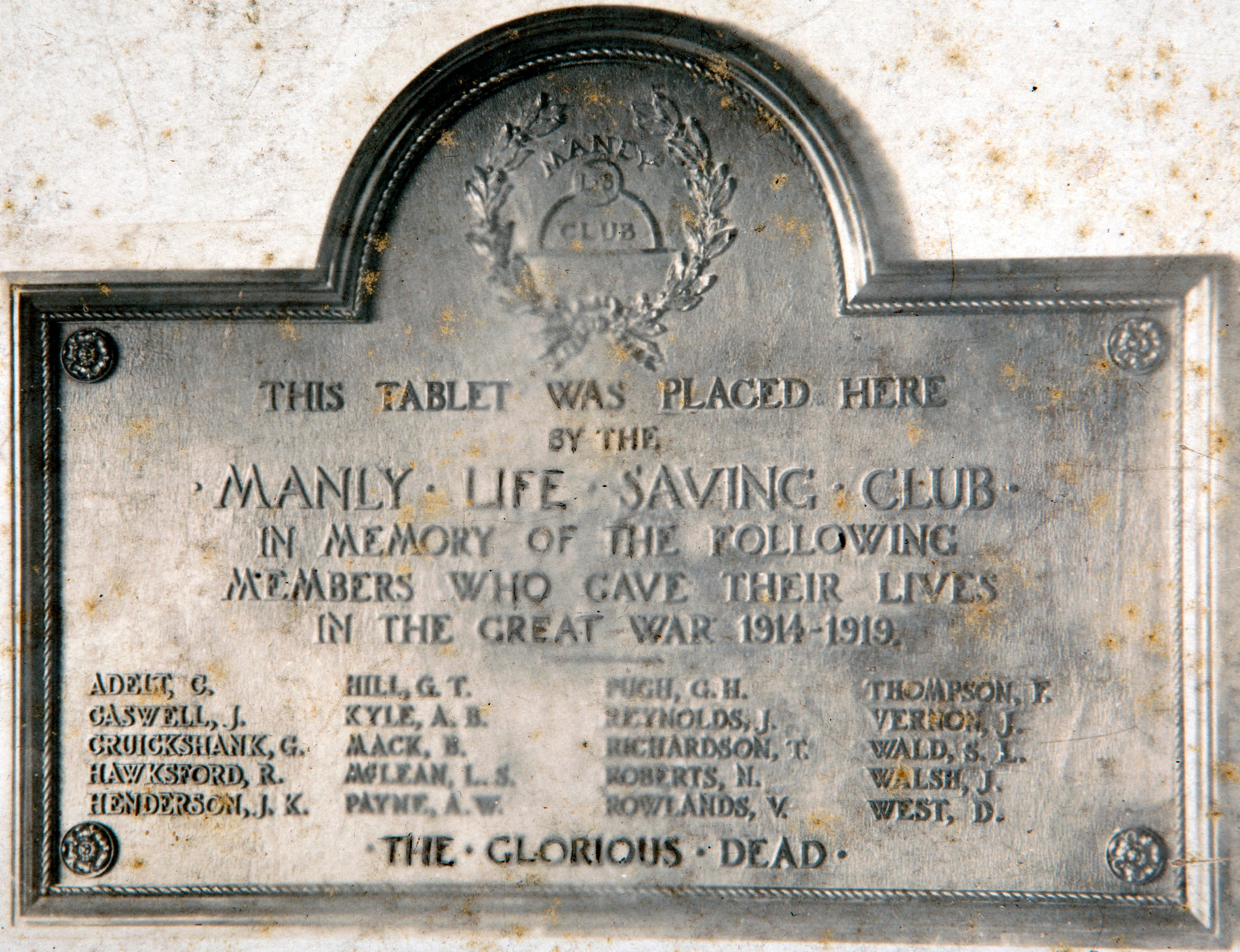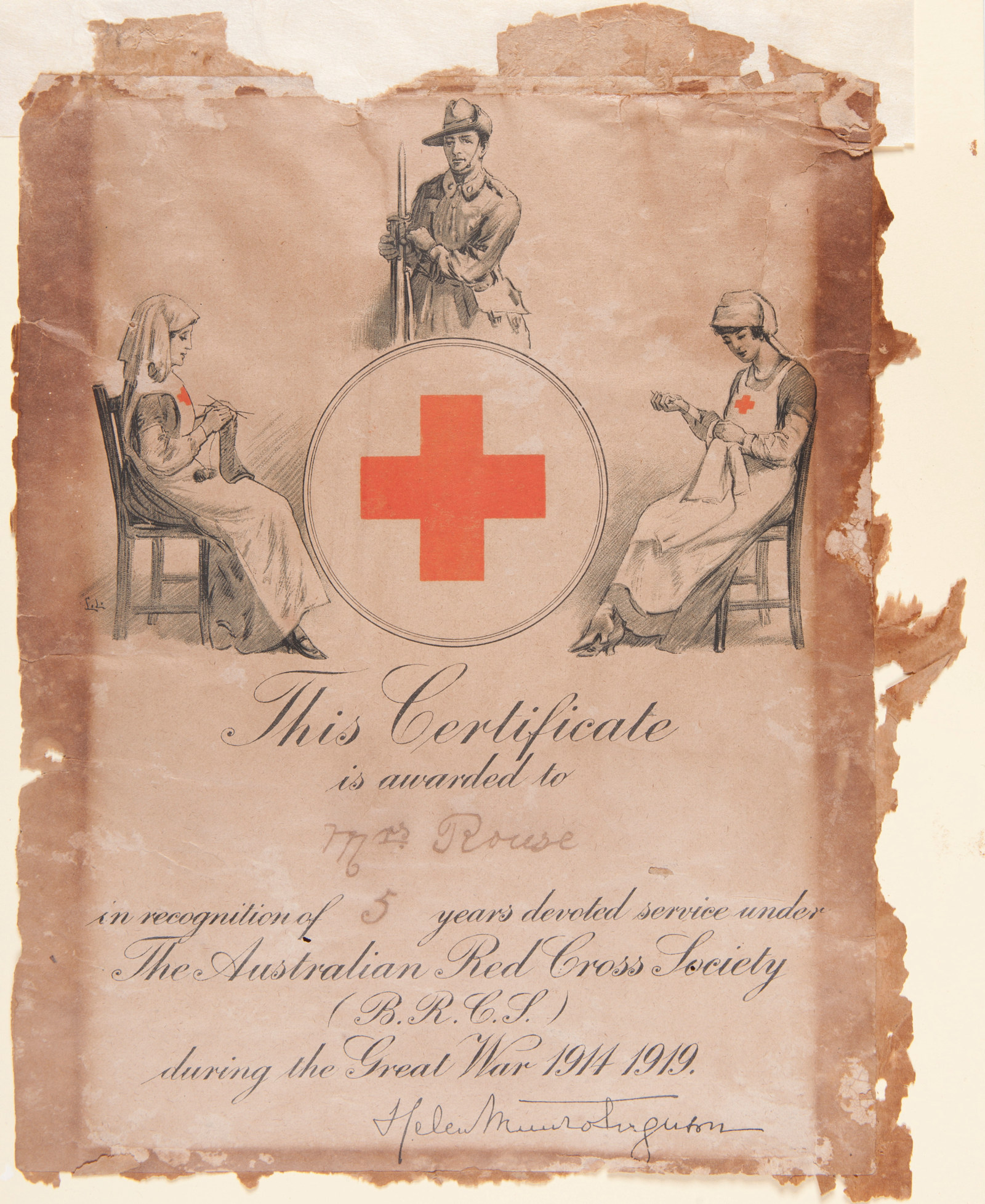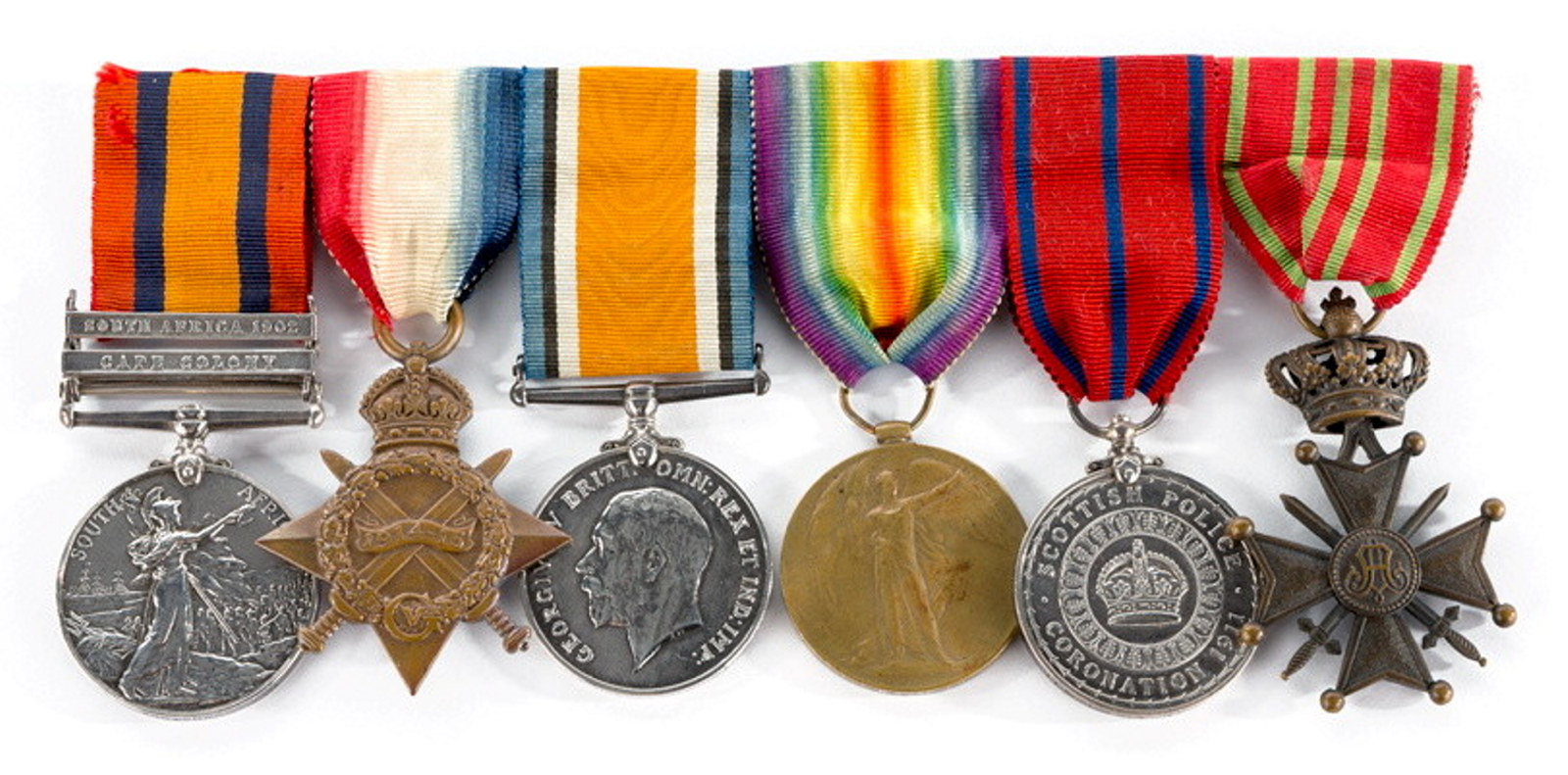Daniel Alfred Charles Clifford
1888–1955
Daniel Alfred Charles Clifford joined the workforce at the Sydney branch of the Royal Mint on 1 March 1915, aged 26.
He was employed as a watchman, a role created following the withdrawal of the police guard that had provided security for the premises since the 1850s. His job at the Mint earned him an initial salary of around £3 per week and included living quarters on site, fuel and light and a uniform.
Clifford had come a long way to his employment at the Sydney Mint. He was born in October 1888 in Haggerston in the East End of London, the son of a casually employed dock worker. His mother had been a domestic servant.
For much of Daniel’s early life his family were dependent on poor relief. By the time he was 12 his mother was in the Bethnal Green workhouse and he himself was an inmate at a Poor Law school in Leytonstone, in London’s east. In August 1906, when he was not yet 16 years old, he joined the Royal Marine Light Infantry. He served for almost seven years before his discharge, in Sydney on 30 June 1913, his later years of service having been spent on ships on the Royal Navy’s Australian station. On 1 July 1913 the Royal Navy establishments in Sydney were handed over to the Royal Australian Navy.
In November 1916, Clifford enlisted in the Royal Australian Navy (RAN) with a character reference from the Deputy Mint Master stating that ‘during the whole term of his service his conduct has been uniformly excellent’. Three of his fellow Mint employees also enlisted for war service in 1916, all with the army. Clifford’s decision to join the navy proved fortuitous. Instead of heading for the horrors of trench warfare on the Western Front, his war experience was comparatively quiet.
Clifford was posted as an Officer’s Steward aboard HMAS Una for the duration of his service. This ship, originally named the Komet, was a 977-ton steam-powered yacht built in Bremerhaven in 1911 and sent to German New Guinea as an administrative vessel for the German protectorate. She was based at Rabaul on the island of New Britain, and fitted out in a luxurious manner for the use of senior German staff. Australian forces captured the Komet in a dawn raid on 11 October 1914. The ship was sent to Garden Island in Sydney for refitting, renamed, and then sent back to the New Guinea area, where she served as a patrol boat until 1924.
Clifford was posted aboard the Una from January 1917 until April 1919, and during that period he kept a notebook in which he meticulously recorded the ship’s travels. His diary is matter-of-fact and mostly concerned with administrative details, descriptions of conditions and the dullness of life at sea – ‘Nothing much doing’, he wrote on 24 July 1917; ‘Nothing much to write about, so why worry’ on 26 July. There are some hints of excitement, a reminder of the reality of war. On 13 August he noted that at ‘6.40 hrs we went to man and arm ship stations, there was a buzz re a raider, still nothing came of it’.
Despite his ‘peaceful’ war, Clifford did find himself on the frontline of one of the war’s most intriguing maritime mysteries when the steamer Matunga vanished in August 1917 while sailing from Sydney to Rabaul. There was an Australian military detachment on board the ship, in addition to the officers and crew, as well as food supplies for the Australian troops in New Guinea and a large cargo of coal. The Una was tasked with searching for her, and while the Australian public waited for news, the ship tracked hundreds of nautical miles of ocean in a desperate search. Clifford’s daily logs also tracked the search. He begins with a note on 9 August: ‘Last night a wireless message came through that “Matunga” was overdue’. On 13 August they were ‘still out looking for her but so far have seen nothing’. The search was called off on 15 August – ‘Well we finished our searching by getting into Rabaul at 2am this morning’. By then it was surmised that the ship might have been lost through some sort of internal explosion or perhaps to enemy action.
The mystery was not resolved until February 1918, when news came that the Matunga had fallen prey to a German raider, or ‘pirate’ ship, named Wolf, travelling disguised as a non-military vessel. The Wolf spent months at sea, far from its German port, laying minefields and harassing Allied shipping. It seized the Matunga’s cargo, took the crew and passengers hostage and then sank the ship, one of ten vessels destroyed by the Wolf. Clifford, the Sydney Mint watchman, had come perilously close to encountering the pirate.
Clifford was demobilised on 12 April 1919. He returned to duty at the Mint on Anzac Day 1919 and married in August 1920. When Clifford resigned from his position at the Mint in October 1923, the Deputy Mint Master wrote a reference that painted a picture of a steady, reliable man who was ‘smart, sober and attentive to his duties’ and whose ‘conduct has always been satisfactory’. But his name does not appear on the Sydney Mint Honour Roll – presumably because he was a locally employed watchman and not part of the Royal Mint establishment.
Published on
More
Browse all
WW1
Commemoration
Hear the poignant personal stories behind battlefield grave markers in Egypt, France and Gallipoli, as well as the stories behind workplace honour rolls, one of the most common, but often hidden, forms of war memorial in Australia

WW1
Enemy Within?
These stories explore the threat to Australia from within, from the identification of a section of the population as ‘enemy aliens’ to the formation of the jingoistic Anti-German League, and the radical ideology and activities of the Industrial Workers of the World (IWW)

WW1
Home Front
As the war stretched on, thousands of women at home in Australia supported the war effort by volunteering for patriotic fundraising activities

WW1
War Service
From the shores of Gallipoli to the sprawling Western Front, the stories told here reveal the powerful war experiences of ordinary soldiers. Some were decorated for bravery in the field, while others made the ultimate sacrifice
